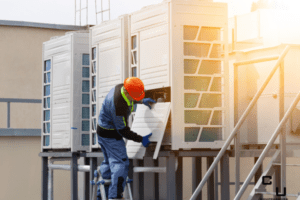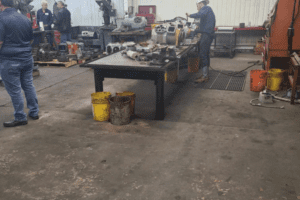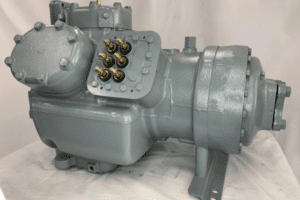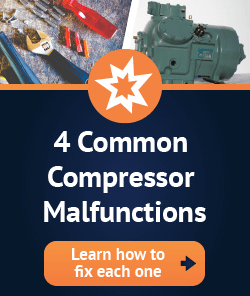Indoor air temperature can have a massive effect on productivity in the office. Studies show a difference of a few degrees from the ideal temperature can result in a huge increase in mistakes as office workers type and proofread documents.
According to the most recent research available, office worker productivity rises when the temperature is maintained between 69.8°F and 71.5°F. Productivity can sharply decline above and below that range. Still, women are comfortable at higher temperatures than men – generally between 75.2°F and 77°F.
Cumulatively, over the course of weeks, maintaining your indoor temperature at the right level for your workforce is essential to maximizing your efficiency. Indoor air quality is also associated with less illness and absenteeism. When indoor air quality is allowed to decline, it can result in woes that affect a whole team, such as Sick Building Syndrome – which most experts now agree is caused by air pollution.
Whatever their preference, people do adapt to some extent to the environment they’re in every day. They tend to notice quickly if your building is too warm. After all, you can always layer up when it’s cold, but there’s relatively little you can do to keep cool in a hot building.
So, if you notice gripes about the indoor air temperature, it’s wise to be proactive.
Getting to the Root of Your Office HVAC Problems
There are many different reasons why your HVAC could suddenly fail to hit the target temperatures, even if it has never caused any complaints in the past and appears to be running normally.
Some of these are easy to solve, while others can turn into big problems if they are left unchecked for too long. Your HVAC is a complex building system, so regard anything out of the ordinary as a sign you should follow up as soon as possible. You might save yourself time, money, and aggravation.
Let’s look at the most common problems that could hinder your HVAC’s performance.
1. Lack of Refrigerant or the Wrong Kind of Refrigerant
Of anything that could befall a commercial HVAC system, a refrigerant shortfall is the easiest to fix. It’s also the most common, but not necessarily because people forget to top off their refrigerants. If you know you recently refilled the refrigerant, but it’s already bone dry, there’s another issue in play.
Usually, this means a small leak has occurred somewhere within your system. A leak can cost you anywhere from less than 1% to more than 10% of your deployed refrigerant every single day. In the beginning, it usually manifests with lukewarm air blowing in parts of your HVAC system.
If you narrow down the warmer temperatures to one particular climate zone of your building, you are one big step closer to figuring out the source of your leak. Leaks must be resolved to safeguard your refrigerant supply and maintain your performance.
If the source of the leak proves elusive, consult with a qualified team of commercial HVAC compressor engineers.
2. Dirty Air Filters
All HVAC systems have air filters, but those filters may have their own quirks. Some of them need to be completely replaced, while others are designed to be washed out. Replacement generally takes place once a quarter, but this too can vary based on the size of the system and the make of the filters.
Soiled air filters result in less air circulation throughout your building’s ductwork, which can make the building feel sweltering hot. Air is still blowing, however, this means you will be paying just as much (or even more than usual) in electricity drawn by your HVAC system.
Left for too long, bad air filters can trap debris and even germs and force them to recirculate through the air. This can lead to the infamous Sick Building Syndrome as mentioned above – with headaches or nagging respiratory symptoms that go away soon after you leave the building.
A large office HVAC system can have lots of filters. Even if you’re sure that many of them have been replaced recently, the process of elimination can help you get to the bottom of your cooling dilemma.
3. Damaged or Poorly Calibrated Thermostat
Today’s sophisticated electronic thermostats rely on a complex network of sensors that often report more than just the temperature. They can optimize output based on the occupancy and light level, for example. But if those sensors become damaged, their inaccurate readings can cause erratic behavior. Likewise, the thermostat itself should be calibrated on a regular basis.
The worst-case scenario? Your HVAC commercial compressor failed. If you need a reliable commercial compressor fast – and you want to save thousands along the way – a remanufactured commercial compressor is the answer. With thorough testing from experts, a remanufactured compressor delivers the performance, longevity, and environmental standards of an all-new unit.
{{cta(‘e2d9ca55-0f62-42c0-8212-fe86afaa6b30’)}}












